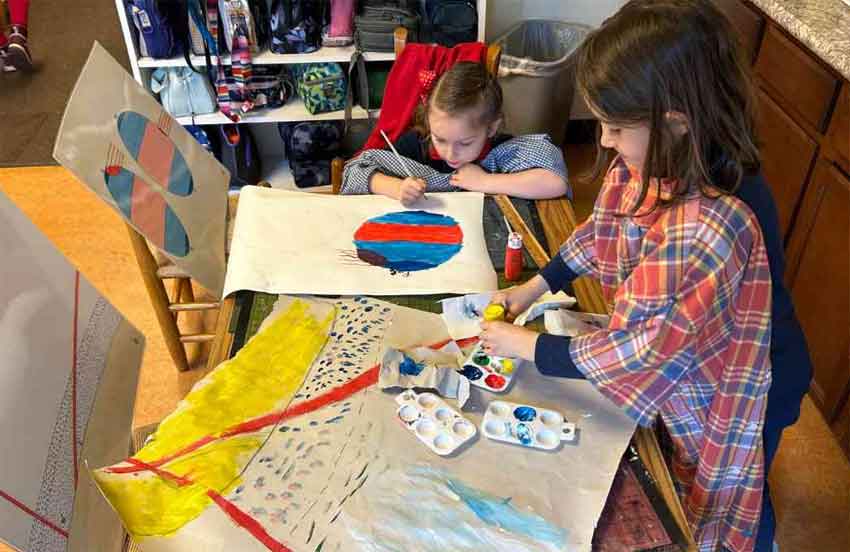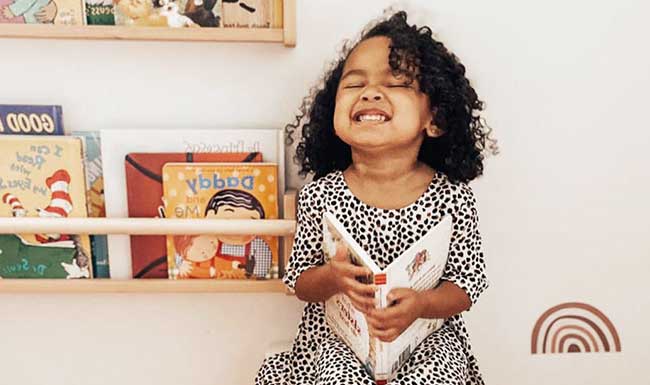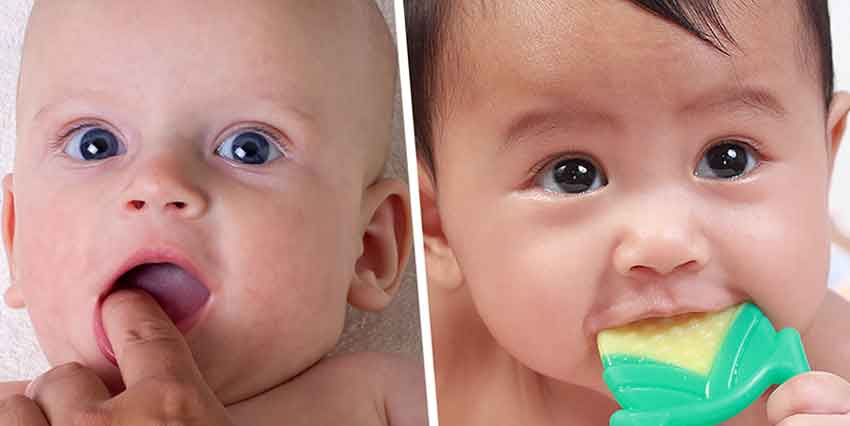Art is an essential aspect of childhood development, providing a unique avenue for children to express their thoughts, emotions, and creativity. In Montessori education, art materials play a vital role in fostering creativity and self-expression while supporting holistic development. This article explores how Montessori art materials contribute to children’s artistic growth and why they are essential for nurturing creativity in young learners.
The Montessori Philosophy and Art
At the heart of the Montessori philosophy is the belief that children learn best through hands-on experiences and self-directed exploration. Maria Montessori recognized that art is not just a form of play but a critical component of cognitive and emotional development. In a Montessori environment, art materials are carefully selected to encourage exploration, experimentation, and personal expression.
Key Features of Montessori Art Materials
1. Natural and Non-Toxic Materials
Montessori art materials prioritize the use of natural, non-toxic substances that are safe for children. Materials such as natural paints, clay, and paper are preferred over synthetic options. This choice not only promotes health and safety but also aligns with the Montessori emphasis on respecting the environment. Children learn the importance of sustainability while engaging in artistic activities.
2. Variety and Accessibility
Montessori classrooms provide a wide variety of art materials that are easily accessible to children. This includes items like:
- Watercolors and Brushes: Encourage exploration of color and technique.
- Colored Pencils and Crayons: Allow for detailed drawing and coloring.
- Clay and Modeling Materials: Foster three-dimensional creativity.
- Collage Supplies: Enable children to combine different textures and colors.
This diversity allows children to experiment with various mediums, enhancing their artistic skills and encouraging self-expression.
3. Child-Centered Design
Montessori art materials are designed to be child-centered, meaning they are appropriately sized and easy to manipulate. This encourages independence as children feel empowered to choose their materials and create freely. For instance, small scissors, easy-to-hold brushes, and child-sized easels make it easier for young artists to engage in the creative process.
The Role of Montessori Art Materials in Development
1. Fostering Creativity
Montessori art materials provide an open-ended platform for creativity. Children are encouraged to explore different techniques and materials without fear of making mistakes. This freedom to experiment nurtures creative thinking and allows children to express themselves uniquely. For example, a simple watercolor set can become a tool for learning about color blending, shapes, and even storytelling through imagery.
2. Enhancing Fine Motor Skills
Working with art materials helps develop fine motor skills essential for tasks like writing and self-care. Activities such as cutting, gluing, and painting require precision and coordination, which strengthen the small muscles in children’s hands and fingers. Montessori art materials are designed to promote these skills, making them both fun and educational.
3. Encouraging Emotional Expression
Art is a powerful medium for emotional expression. In a Montessori environment, children can use art materials to convey feelings they may not yet have the words to express. Whether through vibrant colors or abstract shapes, children can communicate their emotions, fostering emotional intelligence and resilience. This process helps them understand and manage their feelings, an essential skill for personal development.
4. Building Confidence and Self-Esteem
When children create art, they experience a sense of accomplishment that boosts their confidence. Montessori art materials allow for individual expression without the pressure of “right” or “wrong” answers. This encourages children to take risks in their creative endeavors and embrace their unique artistic voice. As they share their work with others, they receive validation and encouragement, further enhancing their self-esteem.
Integrating Art into the Montessori Curriculum
1. Art as a Cross-Disciplinary Tool
In Montessori education, art is integrated across various subjects, making it a powerful cross-disciplinary tool. For instance, children can create maps or models in geography, illustrate scientific concepts, or explore cultural art forms in history lessons. This integration deepens their understanding and appreciation of other subjects while allowing for creative expression.
2. Encouraging Collaboration
Montessori environments often promote collaborative art projects where children work together to create a collective piece. This not only fosters social skills such as communication and teamwork but also exposes children to different perspectives and ideas. Collaborating on art projects helps them learn to value others’ contributions while developing their creative voices.
3. Art Exhibitions and Presentations
To celebrate their artistic achievements, Montessori schools often organize art exhibitions where children can display their work. This practice allows children to take pride in their creations and share their artistic journeys with family and friends. Presenting their art fosters public speaking skills and reinforces their sense of belonging within the community.
The Impact of Montessori Art Materials on Lifelong Learning
The benefits of using Montessori art materials extend far beyond childhood. The skills and values learned through artistic expression—such as creativity, problem-solving, and emotional intelligence—are invaluable in adulthood. By fostering a love for art and creativity in early education, Montessori materials lay the groundwork for lifelong learners who appreciate innovation and self-expression.
Art materials play a crucial role in fostering creativity and self-expression in young children. Through the use of natural, accessible, and child-centered materials, Montessori education provides a rich environment for artistic exploration. By encouraging creativity, enhancing fine motor skills, and supporting emotional expression, these materials contribute to holistic development in children.
As educators and parents recognize the importance of art in childhood development, incorporating Montessori principles into art education becomes essential. By nurturing creativity from a young age, we empower future generations to embrace their individuality, think critically, and approach challenges with innovative solutions. Montessori art materials not only enrich the educational experience but also cultivate a love for lifelong learning and self-expression.




